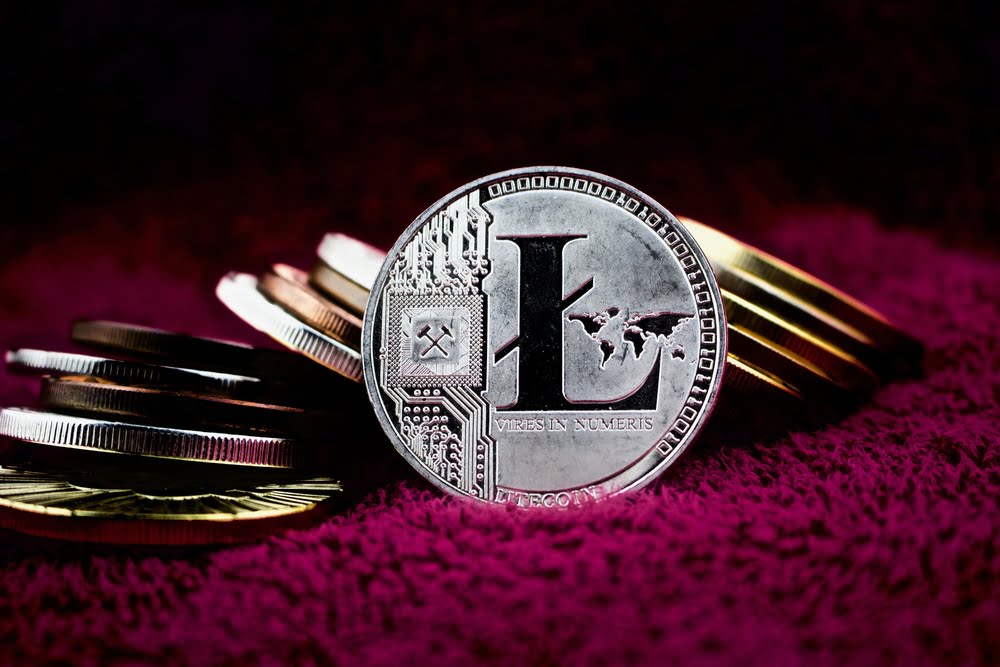Since its beginning, Litecoin has been rooted in the democratization of mining. It found its inspiration in several other altcoins that claimed to do the same thing back in 2011. Litecoin is a copy cat of the Bitcoin protocol, and it boasts one of the more successful and friendly cryptocurrency communities out there.
Litecoin grew from the early technical passions of Google software engineer Charlie Lee, who became involved in the crypto space in 2011. His first coin, Fairbrix, was modeled after the heavily premined coin Tenebrix crafted by anonymous coder Artfortz.
Tenebrix was a GPU and ASIC resistant coin featuring the Scrypt (pronounced “ess-crypt”) algorithm. It was designed to run exclusively on CPUs, added a block every five minutes, and gained a small following. But many complained that the anonymous founder had premined and stashed away 7 million coins.
To counter this, Lee created a new coin or ledger system named Fairbrix in September of 2011. Like Tenebrix, Fairbrix added a block every five minutes using the Scrypt proof of work algorithm.
Although Fairbrix only had one hundred premined coins, an issue arose when a bug in the coin’s client Multicoin prohibited the creation of new coins. This, along with a majority attack on the coin from its genesis, caused the Fairbrix launch to fail.
Still convinced that he could produce a coin that was true to the original vision and early implementation of Bitcoin, Charlie Lee took the work he’d done with Fairbrix and applied it to a new client.
Lee copied much of what had worked with Fairbrix’s launch and then copied solutions from Bitcoin’s code to cover for Fairbrix’s mistakes. The new blockchain featured two-and-a-half minute blocks. Maintaining the Scrypt algorithm, it scheduled a halving for every 2,016 blocks with an 84 million block cap. Technically speaking, Litecoin is the brainchild of both Charlie Lee and Satoshi Nakamoto.
Litecoin was originally released as a Bitcoin fork on October 7th, 2011 and was implemented nearly a week later on October 13th. Litecoin’s growth was steady until it saw a spurt in November 2013 which subsequently died down.
In May of 2017, Litecoin became the first of the largest five cryptocurrencies to implement Segregated Witness. Consequently, LTC’s value skyrocketed on its new exchange Coinbase, perhaps foreshadowing things to come with Bitcoin.
Litecoin would also complete the first Lightning Network transaction in May. This transaction of one photon (.00000001 LTC) was completed in under one second. More recently, Litecoin completed the first atomic swap to Decred, and has since performed swaps with Vertcoin and Bitcoin.
Although it is sometimes passed over by investors looking for faster growth in coins with more popular features, Litecoin is often deemed a relatively “stable” coin with a positive community, and has been coined the silver to Bitcoin’s gold. And although it has a public, central creator in Charlie Lee, its founder seems dedicated to the growth of the coin while encouraging other smaller crypto communities.

